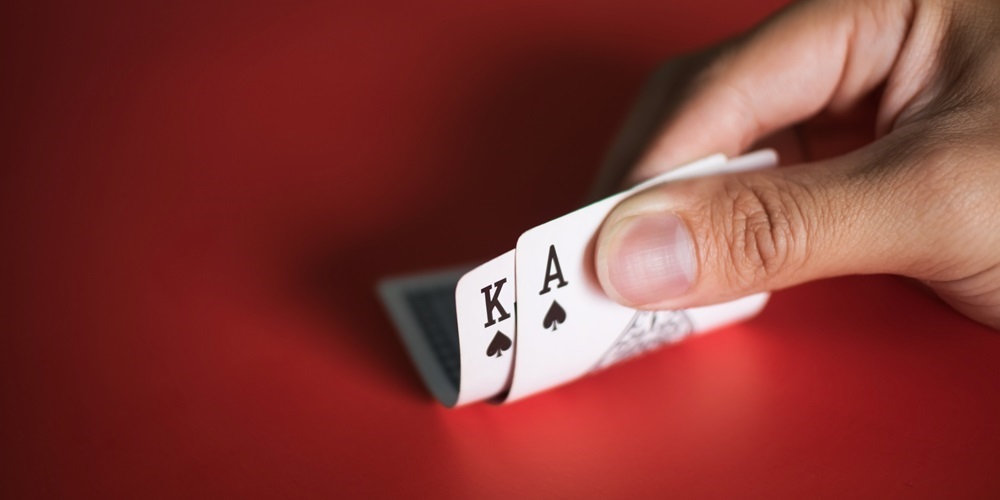Every concept in poker should be memorized, taking into account how important it is to have enough background to identify types of players, types of plays, moves, aspects of the game… everything in poker has a label, and knowing what it represents and how it influences the game is of great importance.
This article will be dedicated to the figure of the bumhunter, a somewhat peculiar type of player. Many do not know what his role is in the games, so we are going to focus on his way of playing, his pretensions at the table and his weak points to be able to beat them.
What is bumhunting in poker?

The practice of playing only against weak players is known as “bumhunting”. The term “bumhunt” comes from the words “bum” and “hunt”, which can give you an idea of what these players are looking for.
By playing exclusively against weak players, the so-called “fishes” or “minnows”, they can take advantage of their inexperience to get a bigger share of the prizes. But bumhunters have a weakness: if they give themselves away, few novices will want to play against them. It’s not that bumhunting is dirty, but if a bumhunter plays against you, you’ll know that he’s looking to take advantage of your short track record in poker, so you’ll almost certainly know in advance that you’re going to lose. And no one wants that, so bumhunters often know how to play their cards right, never better said, to blend in with other players and not be identified.
It is very easy to recognize a bumhunter if you play at high level tables: when the opponents are all good or the game is tough, the bumhunter usually folds or folds directly from the table. It is clear to him that a confrontation against experienced players is not what he is looking for, so he decides to leave. They usually stay for a while exploring the table to identify weak players to take advantage of, and if it is not clear, they fold.
That requires patience, something that characterizes bumhunters. Yes, they are extremely patient players. If they join an online heads-up cash table and there are no weak players, they sit out, waiting for one to arrive and start their hunt.
If you have some experience, identifying the bumhunter can give you some advantage, because it allows you to know who is the weak player at the table. With an active bumhunter at the table, you will be able to play without focusing on those two players, who will be competing with each other, engaged in a fight that the minnow has lost from the beginning.
As a seasoned player, you can take advantage of the bumhunters skills, especially if he has already plucked several fishes, to push him to play hard and take his chips. If he doesn’t fold first, of course.
You can take advantage of this if the bumhunter has managed to pluck several weak players and has a good amount of chips in his possession, although you can only do this when the bumhunter enters the game, which will be when there is a weak player in the hand.
What does a bumhunter do in a poker game?

The premise of bumhunters is simple: to take advantage of the inexperienced players to take advantage and increase their profits. They join a cash table, start studying the players, identify their experience and, if it is little, go after them. Although it is not illegal to do this, it is something dirty that is frowned upon, especially because it is taking advantage of the inexperience of the less experienced or those who have just come to poker and want to enjoy real money games.
When they locate a minnow, they play the hand and go for it. They don’t get into the game if they don’t already have the minnow in the game, but they are able to wait until it is clear to them who is the weakest opponent. If it is not clear to them, they will leave the game in search of tables where the minnows are clearer.
As a rule, bumhunters play very tight. They always think they have a good chance of beating the opponent they consider to be the weakest, and they are prone not to overplay if they don’t lose patience.
But when they are overmatched, they are very polarizing. They go from extreme patience to excessive aggressiveness, especially when they have been careless with their tells or haven’t even bothered to disguise them. It’s a way for bumhunters to give themselves away.
How to play against a bumhunter?

If you’re inexperienced, it’s best not to do it. Of course, how can a novice spot a bumhunter until you’ve plucked him? That’s a difficult question to answer. But it can help to know the weak points of bumhunters, of which there are several.
To begin with, they are comfortable players, in the sense that, as they only seek to play against lower-level players, they are not experienced in stressful situations. This makes them shy away from any sign of opposition. If you see a player who, as soon as he sees some resistance, folds, omitting to bluff or call, it is very likely that he is a bumhunter.
Bumhunters have a limited learning threshold for this very reason. They do well in their comfortable environment, that of no contesting, fleecing minnows and walking away. That makes them easy to x-ray. Once you get the hang of it and learn to identify the tells, it will be easy to spot a bumhunter.
Also pay attention to cross play. Bumhunters are not well regarded by high level players, and as soon as they spot one, they go for the first ones. This is another sign that there is a bumhunter at the table, and they want to get rid of him by scaring him with aggressive plays or putting them in trouble. That will make him run away. On the other hand, if even on those occasions he stays at the table, he may not be a bumhunter.

